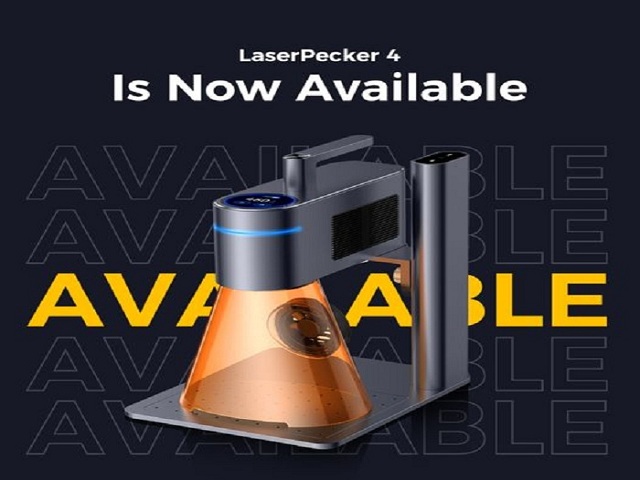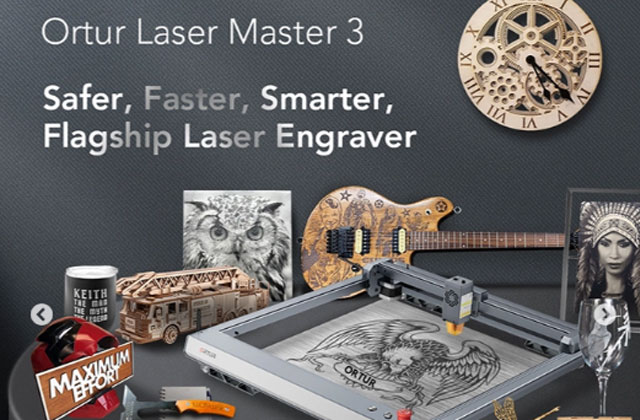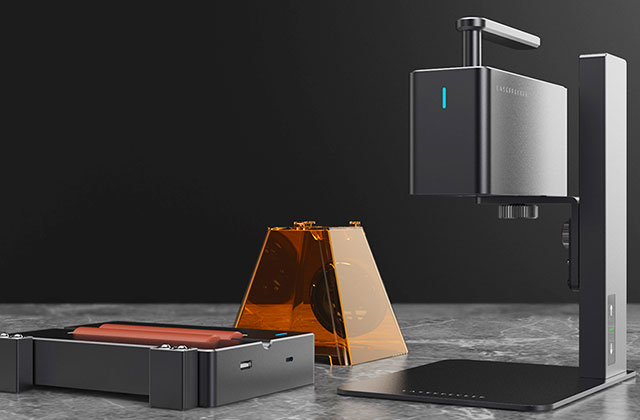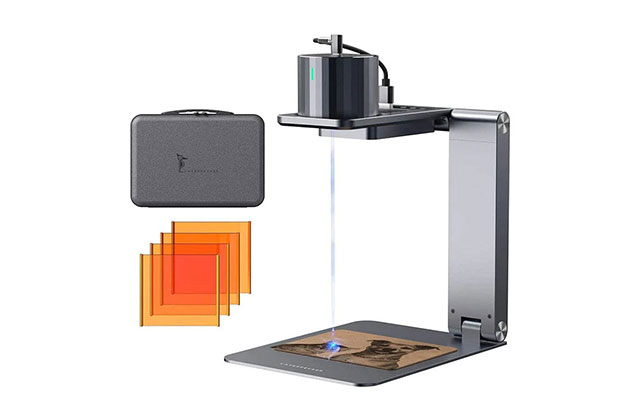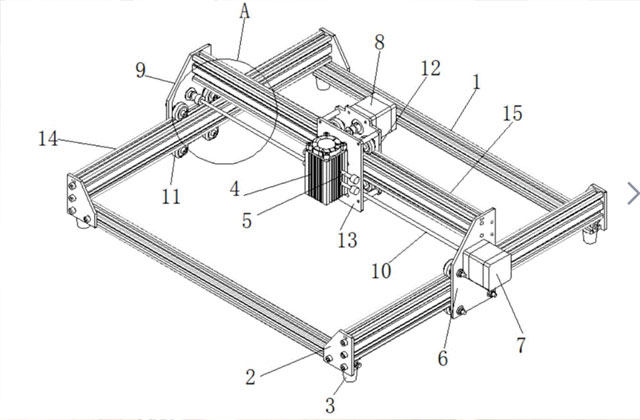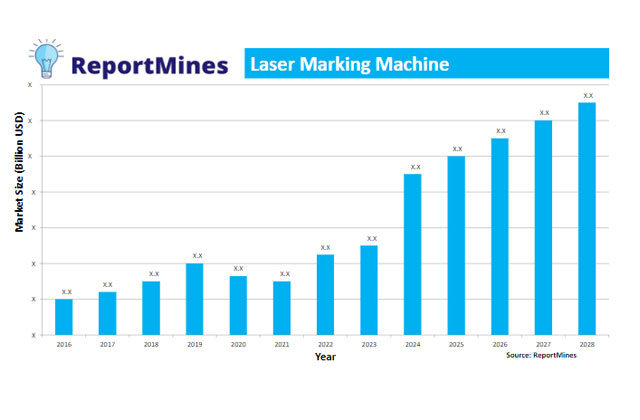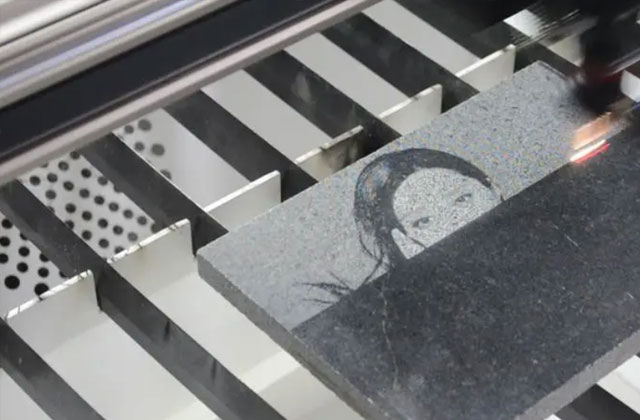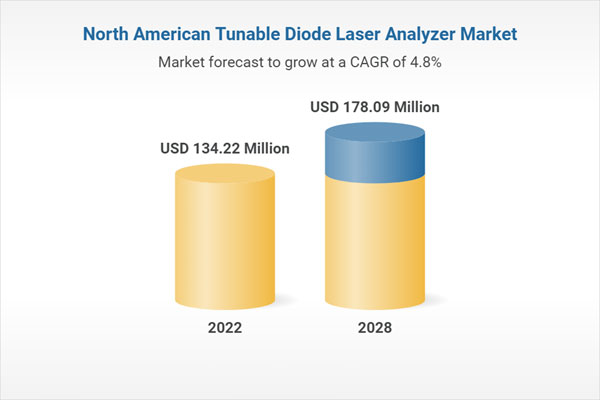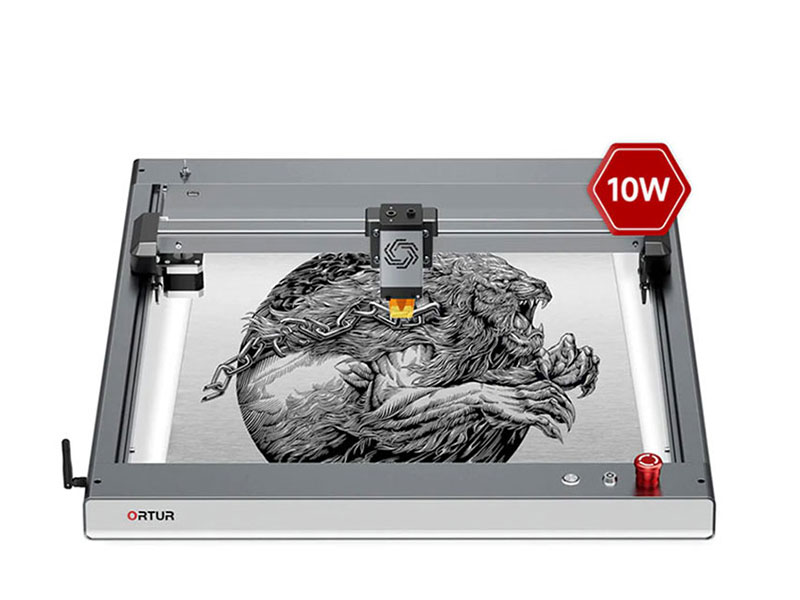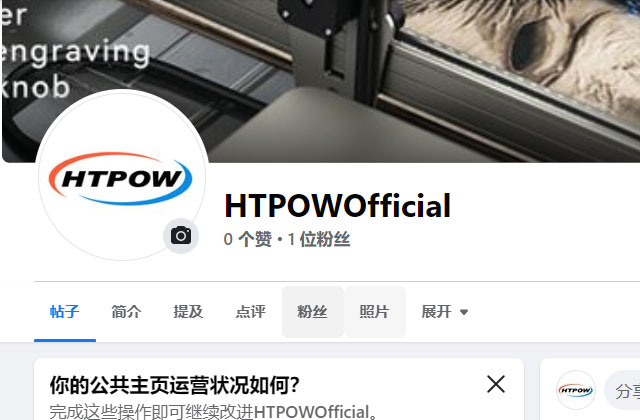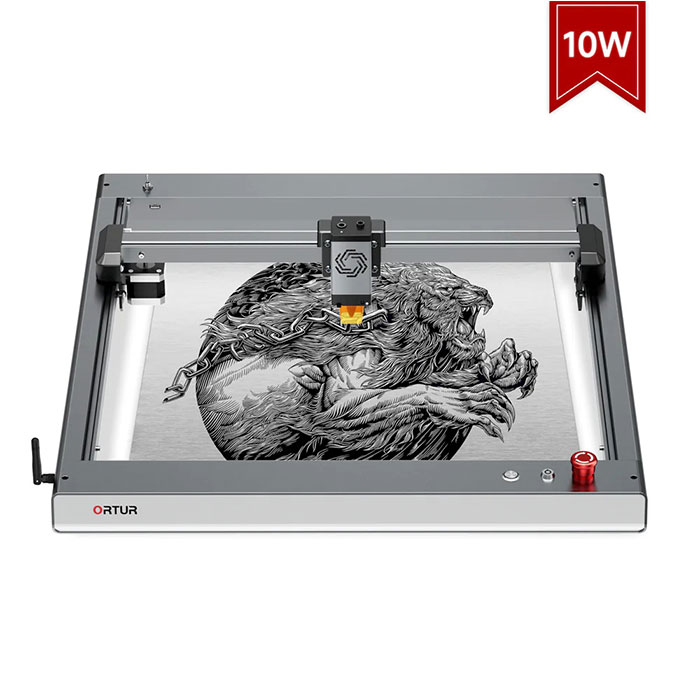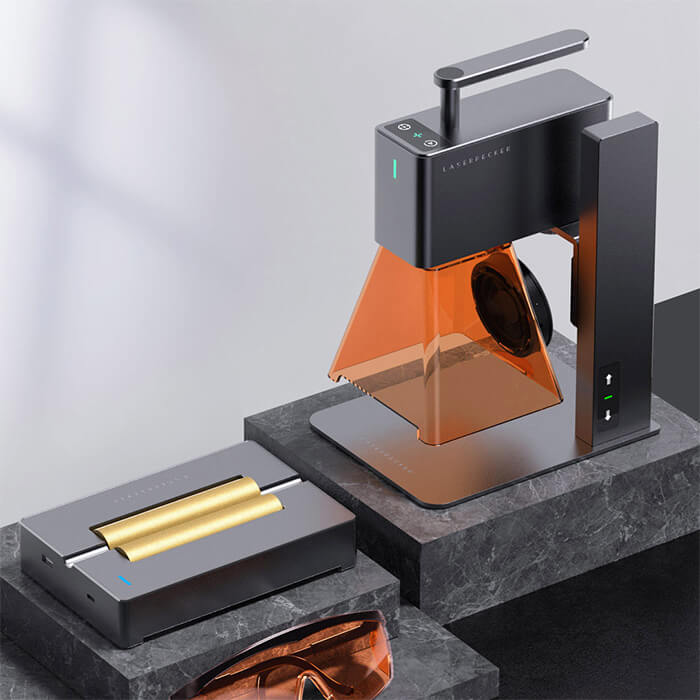
From jewelry and key chains to cutting boards and clothing or leather, countless products support laser engraving. As the name suggests, laser engraving involves using a laser to engrave a surface in a custom design. It does not require ink, paint, or pigments. Instead, it takes advantage of the heat-generating properties of lasers. Here are 7 interesting facts about laser engraver and how it works.
1. Laser Engraving is Easier and Faster Than Other Engraving Methods
While there are several ways to engrave an object, laser engraving is generally favored by manufacturing companies for its speed and simplicity. Compared to other engraving methods, laser engraving is easy and fast. Laser engravers can engrave objects quickly and accurately.
2. The Laser Spot is Focused on a Fraction of a Millimeter
Laser engravers are equipped with optical systems designed to focus the laser beam onto a small area of the object. Depending on the wavelength used, the laser spot can be as small as a fraction of a millimeter. Of course, only the area of the object hit by the laser will be engraved. Thus, laser engraving allows the creation of highly complex designs.
3. The Speed and Accuracy of Engraving are Related to The Power of The Laser
The higher the power of the laser, the more precise it can engrave some pictures, etc. When the power of the laser engraving machine is higher, it can actually support faster engraving and cutting. If you want to perform the cutting function, I suggest you use Laser Power Laser engraving machines with more than 10w for engraving, such as Ortur Laser Master 3 have 10w and 20w laser power options, which can cut materials very well.
If you use it for engraving, I suggest that you can use LaserPecker 2. Both handheld and desktop engraving are possible, and it also supports scroll engraving. The engraving area is very large and the engraving is very fast.
4. Laser Engraving Only Heats the Surface
Contrary to what some people think, the laser itself does not generate heat. They only generate heat on their exposed surfaces. No heat is generated until the laser strikes the surface of the object.
5. Laser and Workpiece Can Be Stationary or Moving
There are several types of laser engravers. Some laser engravers have a stationary laser and a moving workpiece. Other laser engravers have moving lasers and stationary workpieces.
6. Most Metals, Alloys, Woods, and Plastics Can be Laser Engraved
Laser engraving supports a wide variety of materials, including most metals, alloys, woods, and plastics. For metals, special types of high-density lasers must be used. Metals are inherently heat-resistant, so conventional lasers won't work. Instead, special high-density lasers must be used. The high-density laser produces radiation on the surface of the object, which generates a lot of heat and melts the object. On the other hand, wood and plastic can be engraved using conventional lasers. Wood and plastic are not heat-resistant, so they require less energy to carve than metals and alloys.
7. Ventilation May be Required
Laser engravers often have ventilation mechanisms to capture and filter potentially harmful fumes and gases. If the surface of an object is vaporized, it produces fumes and gases, some of which can be toxic. Ventilation mechanisms control these fumes and gases to ensure a safe working environment.
If you don't know how to choose the laser engraver you need, then you can visit the HTPOW online store, which has many brands and styles to choose from.

